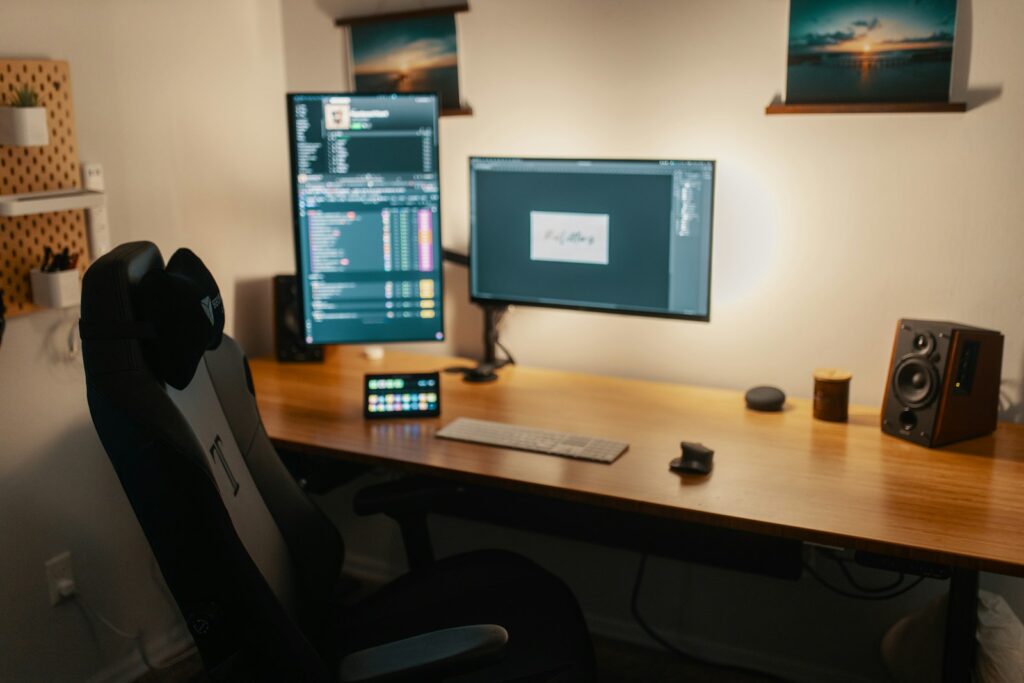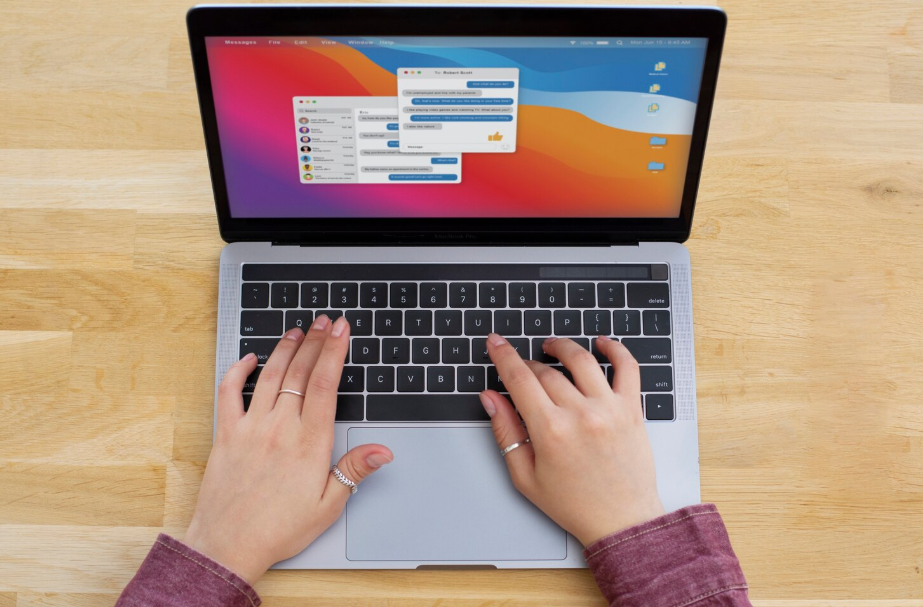Your day starts with a buzz. Before breakfast, you’ve answered messages, skimmed news, and lost ten minutes to scrolling. Sound familiar? This is where digital minimalism strategies come in—not to disconnect you, but to help you reclaim focus while still staying plugged in.
Let’s look at how to set boundaries with tech without giving up the benefits.
Setting Boundaries with Technology
Boundaries aren’t about ditching devices. They’re about control. Creating routines is the first step in setting boundaries with technology. That could mean no phones at the dinner table or keeping devices out of the bedroom.
A recent NCBI study found that even silent notifications can lower concentration levels. By limiting when and where we use devices, we reduce mental clutter. Boundaries remind us that technology is a tool, not a master.
For a deeper look at how our habits shape culture, check How Technology Is Rewriting Cultural Traditions.
Healthy Screen Time Habits
Too much screen time isn’t just about hours logged. It’s about how those hours are used. Practicing healthy screen time habits might include scheduled breaks, screen time tracking apps, or the 20-20-20 rule: every 20 minutes, look 20 feet away for 20 seconds.
Even small changes matter. Turning off autoplay on streaming platforms or limiting nightly scrolling can reduce overwhelm. The goal is to reframe screens as purposeful tools.
Mindful Technology Use
Beyond numbers, it’s about mindset. Practicing mindful technology use means pausing before opening an app. Are you checking because it matters, or because it’s a habit?
This awareness helps us shift from reaction to intention. It also reduces the stress tied to constant pings. Mindfulness reminds us that technology can support focus instead of eroding it.
For more on how distraction creeps in, see The Rise of the ‘Second Screen’: Multitasking or Mental Overload?
Tech-Life Balance Tips That Stick
We’ve all tried digital detoxes that fade after a week. The real trick is making small, sustainable shifts that fit your lifestyle. Think of them as boundaries, not bans.
Here are a few tech-life balance tips:
- Designate tech-free zones at home, like the bedroom or dining area, to create natural pauses.
- Use digital declutter tips, such as deleting unused apps or unsubscribing from noisy newsletters.
- Reduce phone notifications by using focus or “Do Not Disturb” modes during work hours.
- Practice intentional social media use by logging in with a purpose, not just habit.
Each strategy supports healthier habits without cutting ties.
For productivity boosts, try 5 Browser Extensions That Save You Time Every Week.
The Benefits of Digital Minimalism
The benefits of digital minimalism aren’t just about saving time. They include lower stress, better sleep, and deeper focus. Reducing digital clutter improves productivity and well-being.
Digital minimalism is about values. It’s not anti-technology. It’s pro-intention. By choosing what matters and cutting what doesn’t, we create space for both productivity and presence.
Making It Work
The digital minimalism strategies that actually stick aren’t about going off-grid or tossing your phone in a drawer. They’re the small shifts, including muting a few alerts, carving out tech-free zones, and choosing when to scroll, that add up to big changes.
In the end, digital minimalism isn’t about less life online. It’s about more life offline. When we shape our tech habits with intention, we gain back time, focus, and presence—the things notifications can never replace.




